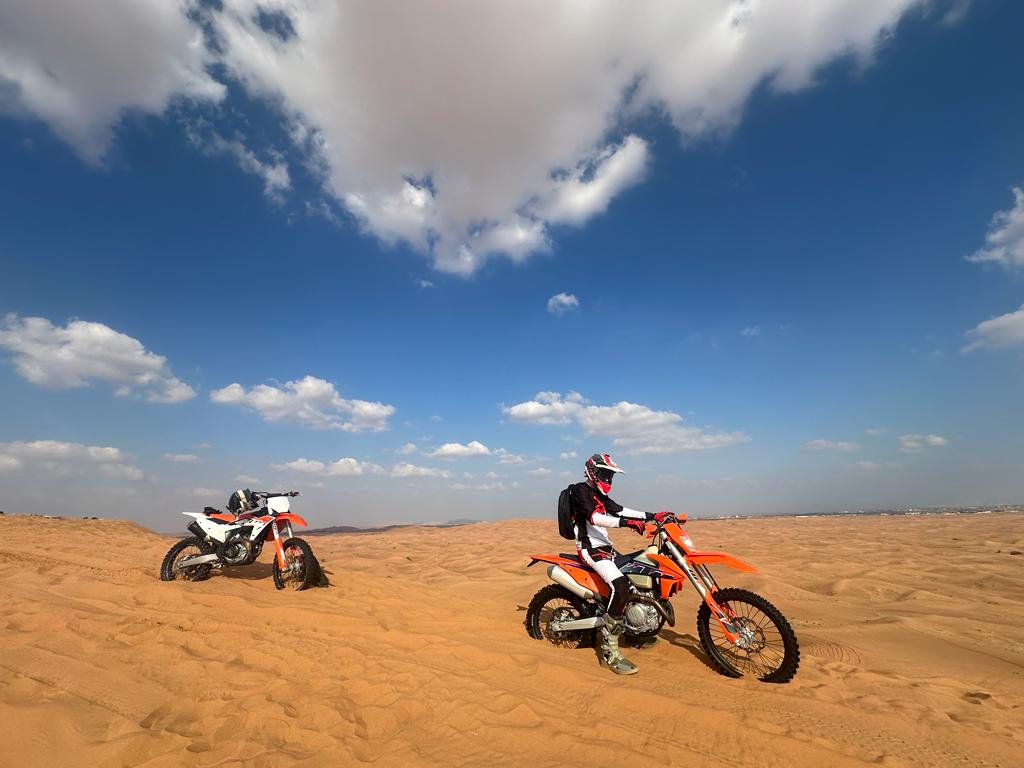When it comes to the world of two-wheeled machines, the debate between dirt bikes and motorcycles often arises. Both offer exhilarating experiences and are designed for different terrains and purposes. However, the question remains: Is a dirt bike faster than a motorcycle? To answer this, let’s delve into the intricacies of each and explore their capabilities.
Understanding Dirt Bikes and Motorcycles
Firstly, it’s crucial to understand the distinctions between dirt bikes and motorcycles. Dirt bikes, also known as off-road motorcycles, are designed for use on rough, unpaved surfaces such as dirt trails, motocross tracks, and rugged terrains. They typically feature lightweight frames, high ground clearance, knobby tires, and suspension systems optimized for absorbing impacts and providing traction on uneven surfaces.
On the other hand, motorcycles, often referred to as street bikes or road bikes, are built for use on paved roads and highways. They come in various types, including cruisers, sports bikes, touring bikes, and standard motorcycles. Unlike dirt bikes, motorcycles prioritize factors such as speed, comfort, and stability for road use. They have smoother tires, lower ground clearance, and suspension systems tailored for asphalt surfaces.
Speed: Dirt Bike vs. Motorcycle
When comparing speed between dirt bikes and motorcycles, several factors come into play. While dirt bikes are renowned for their agility and maneuverability off-road, they are not typically designed for achieving high speeds. The emphasis is more on acceleration, handling, and control over uneven terrain rather than outright top speed.
In contrast, motorcycles built for the road are engineered to achieve higher speeds. These motorcycles can reach speeds exceeding 150 mph (241 km/h) or more, depending on the model and engine capacity.
Terrain and Performance
The terrain also significantly influences the performance comparison between dirt bikes and motorcycles. Dirt bikes excel in off-road environments, where their lightweight construction and specialized features enable riders to navigate challenging obstacles with ease. Their agility allows for quick acceleration, sharp turns, and jumps, making them ideal for motocross, trail riding, and enduro competitions.
On the contrary, motorcycles are optimized for paved surfaces, offering stability, comfort, and speed on roads and highways. While they may struggle in off-road conditions due to their heavier weight and road-focused design, motorcycles shine in terms of straight-line speed and long-distance cruising capabilities. Riders can enjoy smooth rides, high-speed cornering, and touring comfort on well-maintained roads.
Engine Power and Performance
Another aspect to consider is the power and performance of the engines fitted to dirt bikes and motorcycles. Dirt bikes typically feature smaller displacement engines optimized for off-road performance, ranging from 50cc for entry-level models to 450cc or higher for professional racing machines. These engines prioritize torque and responsiveness over raw horsepower, delivering quick bursts of power for tackling obstacles and terrain variations.
In contrast, motorcycles boast a wider range of engine sizes and configurations to suit different riding preferences and applications. From small-displacement commuter bikes to high-performance superbikes with large-capacity engines, motorcycles offer varying levels of power and performance.
Exploring Performance Metrics
To delve deeper into the comparison between dirt bikes and motorcycles, it’s essential to examine specific performance metrics and how they contribute to each vehicle’s capabilities.
Acceleration:
Dirt bikes are renowned for their quick acceleration, thanks to their lightweight construction and torque-focused engines. They can swiftly navigate through tight corners, conquer steep inclines, and propel riders over jumps with ease. On the other hand, motorcycles designed for the road also offer impressive acceleration, particularly sports bikes equipped with high-performance engines and advanced transmission systems.
Handling:
When it comes to handling, dirt bikes have the upper hand in off-road environments. Their nimble chassis, responsive steering, and suspension systems enable riders to tackle challenging terrain with precision and control. Riders can adjust their body position to navigate obstacles and maintain stability through rough terrain. Conversely, motorcycles excel in handling on paved surfaces, offering stability and confidence-inspiring cornering abilities at high speeds.
Braking:
Both dirt bikes and motorcycles feature braking systems tailored to their respective environments. Dirt bikes utilize powerful disc brakes with off-road-specific calipers and rotors, allowing riders to modulate braking force effectively on loose surfaces.
Suspension:
Suspension plays a crucial role in absorbing impacts and maintaining traction, especially in off-road riding. Dirt bikes feature long-travel suspension systems with adjustable rebound and compression damping, allowing riders to fine-tune their ride for different terrain conditions. Conversely, motorcycles employ suspension setups optimized for road use, offering a balance between comfort and performance on paved surfaces.
Weight:
Weight is a significant factor influencing performance, particularly in off-road riding. Dirt bikes are designed to be lightweight and agile, allowing riders to manoeuvre through tight spaces and navigate technical terrain with ease. This lightweight construction enhances acceleration, handling, and control in off-road environments. In contrast, motorcycles tend to be heavier due to additional components such as larger engines, fuel tanks, and comfort features.
Rider Skill and Experience
The performance of dirt bikes and motorcycles is heavily influenced by rider skill and experience. A skilled dirt bike rider can maximize the capabilities of their machine, navigating challenging terrain with precision and confidence. Similarly, experienced motorcycle riders can push the limits of their bikes on paved roads, executing precise maneuvers and achieving high speeds safely.
Conclusion
In conclusion, the comparison between dirt bikes and motorcycles extends beyond sheer speed to encompass a range of factors, including terrain suitability, handling characteristics, and performance metrics. While dirt bikes excel in off-road agility and maneuverability, motorcycles offer superior speed, stability, and comfort on paved surfaces.
Whether you’re tearing up the trails on a dirt bike or carving through twisty roads on a motorcycle, both vehicles offer exhilarating experiences and cater to different riding preferences. Ultimately, the choice between a dirt bike and a motorcycle depends on your desired riding environment, skill level, and personal preferences. So, instead of focusing solely on speed, embrace the diverse capabilities and experiences that both types of two-wheeled machines have to offer.
